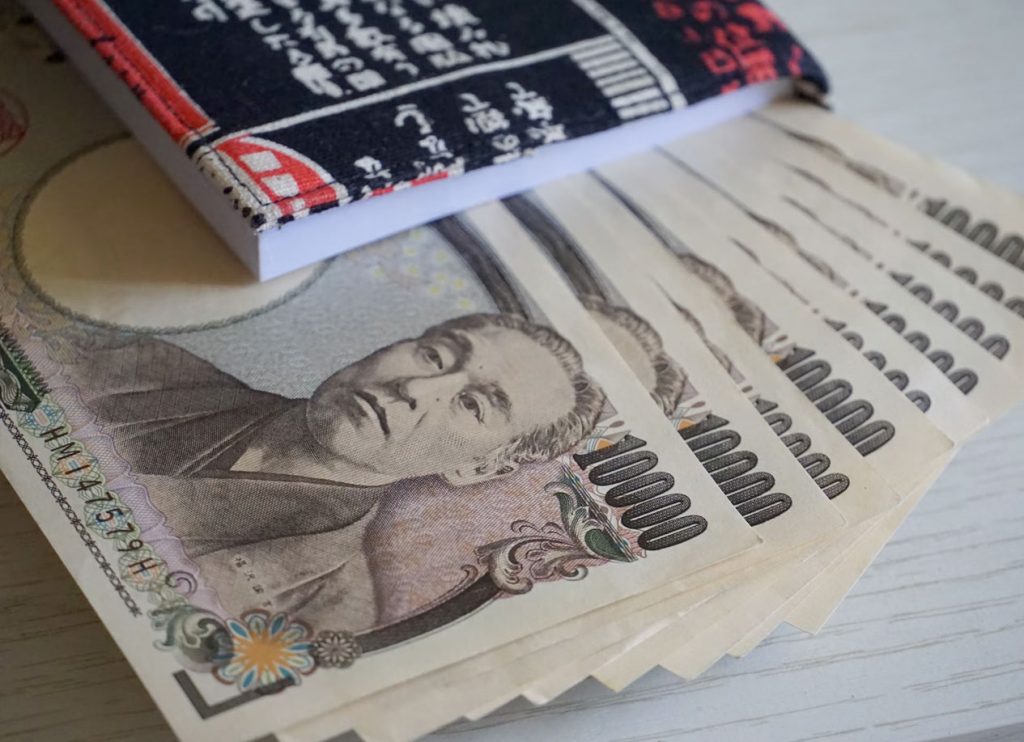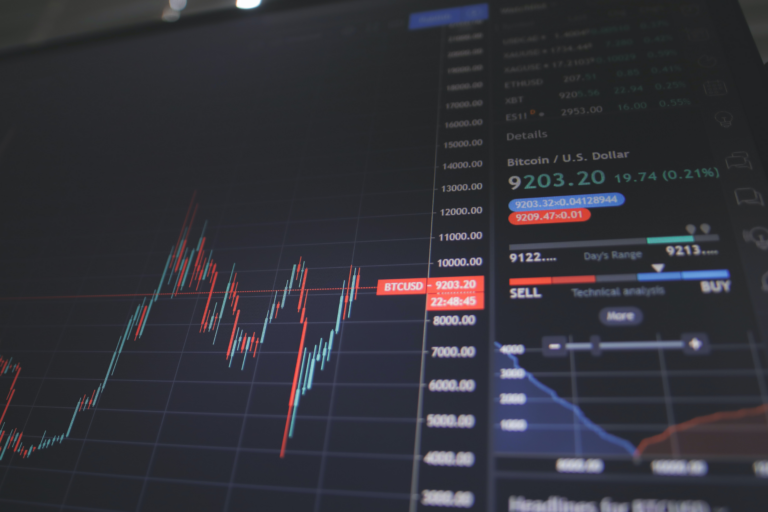
Morning Brief – The commodity trade
The commodity trade
A surprise overnight cut to a key policy rate at the Bank of China could shake up incumbent trends within commodities and commodity currencies. For context, given a recent depreciation in the Chinese Renminbi, any easing of policy was expected to be minimal during the February meeting. Whilst the central bank opted to keep short term ‘loan prime rates’ (LPR) on hold, the longer dated 5-year benchmark rate was cut by 25 basis points. For context, the 5-year LPR benchmark is seldom changed in isolation in China. Its 1-year counterpart is more often adjusted as a policy measure.
The People’s Bank of China’s 5-year LPR is significant because it is the reference rate for domestic mortgages. This adjustment is therefore likely explicitly addressing some of the woes the sector has experienced. Given the size and significance of China’s property market, its slump has put pressure on commodity prices globally. Most recently hitting headlines has been declining Iron ore prices which are retracing recent lows amidst weak demand for the finished commodity. This surprise policy action from China should make mortgages more affordable and therefore, in theory, boost property demand and affordability. In turn, a more buoyant real estate sector should encourage a recovery in the construction sector and eventually support commodity prices.
Whilst this is a long shot and a long play from a mere 25-basis point cut to a central bank policy rate, the adjustment taken by the PBoC is novel. It is a sign that policy makers in China have construction and real estate directly in their sights. Recent comments from policy makers regarding the imperilled equity market in China develop the image of a polity deeply concerned with its financial markets. Consistent with the economic woes in China of late, as well as the wider global economic environment, commodity currencies have been generally underperforming. There has been a limited willingness to carry risk and for upside exposure to these often higher-volatility currencies. A sustained and effective targeting of China’s property sector could be the first requirement to reverse the fortune of such currencies.
Discussion and Analysis by Charles Porter

Related Insights

Daily Brief – OBR: Oops, Budget Released
OBR: Oops, Budget Released Traders who might have been out grabbing a coffee ahead of the planned publication of the UK budget yesterday afternoon would have returned to chaos. Reuters, a popular financial news agency, revealed that although not directly discoverable via a link on their website, the OBR had published its report on Chancellor […]

Daily Brief – Back in business?
Back in business? Tomorrow will mark one week since the President’s signature was provided to end the longest US government shutdown in history. It is not uncommon for the legacy of a shutdown to drag on beyond its formal conclusion date because it can naturally take differing amounts of time for different departments to get […]

Daily Brief – A risky ‘risk-on’
A risky ‘risk-on’ The theme of this week is undoubtedly the risk-on rally caused by reported progress on a Russia-Ukraine peace deal. As always with market moves driven by this topic, the details are opaque and at a time where progress is claimed, bombs continue to fall on Kyiv. Optimism comes from speculation that Ukrainian […]


